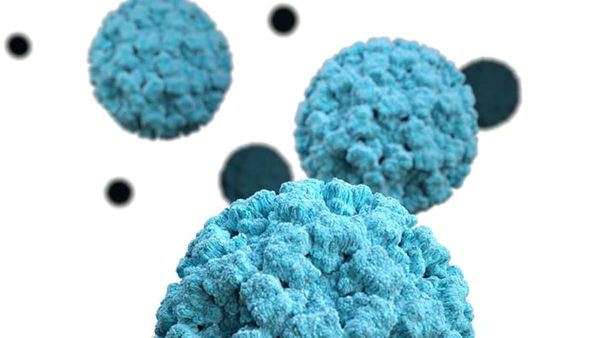Researchers from the Indian Institute of Technology Madras and Harvard University have developed a novel machine learning algorithm to save wildlife.
According to them, the combined and coordinated use of drones and forest rangers could prevent animals from being poached. They have named their solution ‘CombSGPO’ (Combined Security Game Policy Optimisation).
Since both drones and rangers are limited resources, the researchers developed an algorithm that provides highly efficient, scalable strategies. Once the extent of resource is identified, the algorithm works by handling resource allocation and strategising patrolling. For this, it uses animal data population in the conserved area and assumes that poachers are aware of the patrolling done at various sites.
Prof. Balaraman Ravindran, of the Department of Computer Science and Engineering and Head of Robert Bosch Centre for Data Science and Artificial Intelligence (RBCDSAI), IIT-M, collaborated with Prof. Milind Tambe’s research group – Teamcore - at Harvard University, for the study.
Mr. Balaraman said, “The resources we consider are human patrollers [forest personnel] and surveillance drones, which have object detectors mounted on them for animals and poachers and can perform strategic signaling and communicate with each other as well as the human patrollers.”
The algorithm uses a game theory-based model. Game theory pertains to predicting areas where poaching may take place based on earlier poaching incidents and interaction between poachers and defenders.
Aravind Venugopal, the study’s first author, said: “The game model and the kind of resources we use to simulate such a ‘poaching game’ between the defender[foresters and drones] and attackers [poachers] are based on the widely-studied ‘Stackelberg Security Game Model’ and are linked to drones that have already been deployed.”
The team is trying to perform sample-efficient multi-agent reinforcement learning to learn with the least amount of data to apply their in domains such as security, search and rescue and aerial mapping for agriculture among others.
Data collection for such work is expensive in real-world scenario, the researchers said.







